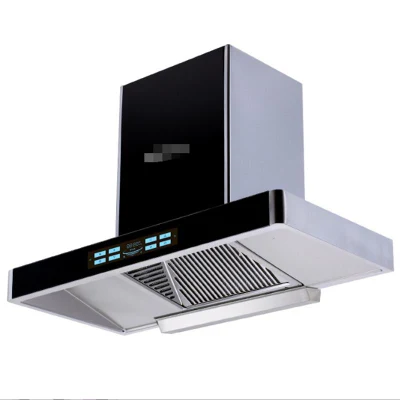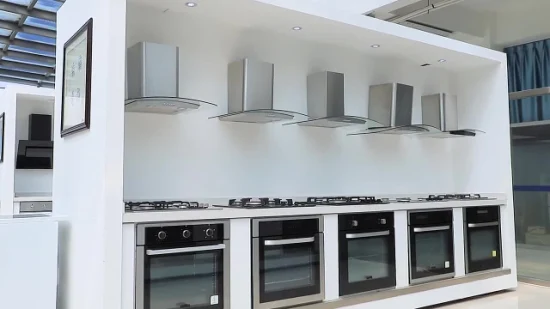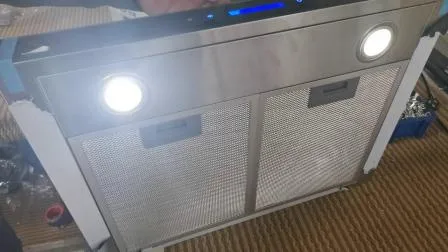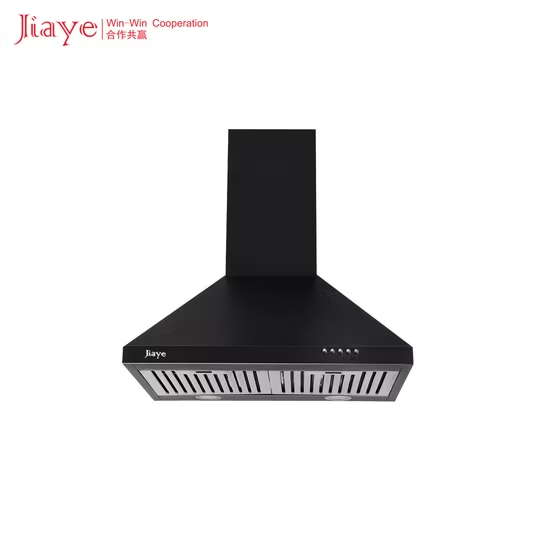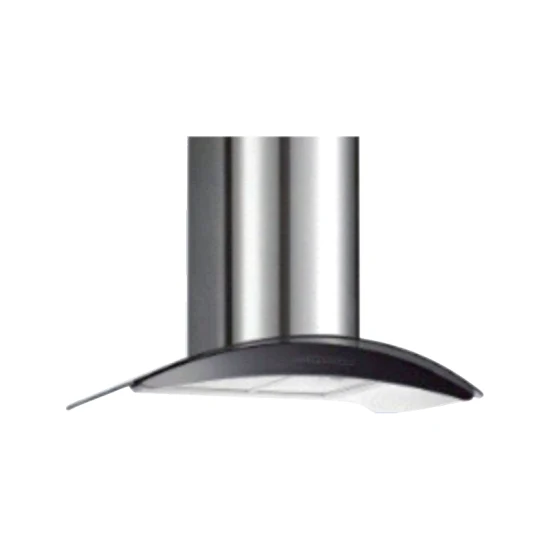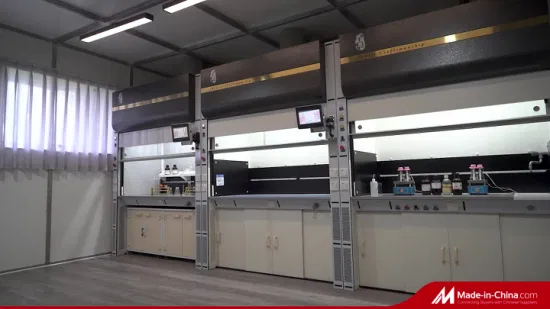
Corrosion Resistance Laboratory Chemical Ductless Fume Hood for School
Description
Basic Info.
| Model NO. | WXL-1200A-850-2 |
| Feature | Corrosion Resistance, Heat Resistant, Acid & Alkali Resistant, Fireproof, Explosion Proof |
| Hood Type | Standard |
| Color | White |
| Customized | Customized |
| Condition | New |
| Application | Hospital, Institution, Laboratory, Inspection |
| Face Velocity | 0.4-0.6 |
| Faucet | UPVC |
| Base Material | Polypropylene |
| Worktop | 1126*712*791 mm |
| Input Power | 220V/50-60Hz |
| Product Name | Ductless Fume Hood |
| Transport Package | Standard Export Wooden Case Packing |
| Specification | 1200*850*1940 mm |
| Trademark | Ample |
| Origin | Chengdu, China |
| HS Code | 8414809090 |
| Production Capacity | 200 Set/Month |
Packaging & Delivery
Package Size 1900.00cm * 900.00cm * 2100.00cm Package Gross Weight 360.000kgProduct Description
Product Description
A traditional fume hood is generally connected to a building HVAC System and relies on this system to remove hazardous fume from the laboratory. A ductless fume hood, as the name suggests, is a fume hood that does not depend on an exhaust system similar to an HVAC. Rather it filters fume through a set of filters attached to the unit.The chemical range is limited by the type of filter being used inside the fume hood. Depending on your application the filter may need to be swapped out to meet the purification needs. HEPA, ULPA, Activated Charcoal Carbon for General Purpose, and Activated Carbon for Acid Gasses filters are available.
As the name suggests, a ductless fume hood is not attached to a buildings HVAC system. Instead, a ductless hood moves contaminated air through HEPA (High-Efficiency Particulate Air) or ULPA (Ultra Low Particulate Air) filters and push the purified air back into the lab.
| Model Specification | WJ-1500A | WJ-1500B | WJ-1800A | WJ-1800B |
| External dimensions of equipment(mm) | 1500(W)*1205 (D) *2400 (H) | 1800(W)*1205 (D) *2400 (H) | ||
| Dimension of works pace (mm) | 1260(W1)*780(D1) *1100 (H1) | 1560(W1)*780(D1) *1100 (H1) | ||
| Panel material | 20+6mm thick butterfly ceramics | |||
| Material of internal lining board | 5mm thick ceramic fiber board | |||
| Diversion structure | Lower air return | |||
| Control system | Button control panel (LCD panel) | |||
| PH value control | The medium is alkaline water solution; manual monitoring, and manual control through acid pump and alkali pump. | |||
| Input power | Three-phase five-wire 380V/50A | |||
| Current for air fan | Not over 2.8A(380V or 220V can be directly connected) | |||
| Maximum load of socket | 12 KW(total of 4 sockets) | |||
| Water tap | 1 set (remote control valve + water nozzle) | No | 1 set (remote control valve + water nozzle) | No |
| Water discharge way | Magnetic chemical pump strong discharge | |||
| Using environment | For non-explosion indoor use, within 0-40 degrees Celsius. | |||
| Applicable fields | Inorganic chemistry experiment; Food, medicine, electronics, environment, metallurgy, mining, etc. | |||
| Ways of Purification | Spray sodium hydroxide solution, no less than 8 cubic meters/hour | Spray sodium hydroxide solution.no less than 12 cubic meters/ hour | ||
| Ways of surface air speed control | Manual control (through the electric air valve to adjust the exhaust air volume or adjust the height of the moving door) | |||
| Average surface air speed | 0.6-0.8 m/s Exhaust air volume: 1420-1890m3/h (when door height h =500mm) | 0.6-0.8 m/s Exhaust air volume: 1760-2340m3/h (when door height h =500mm) | ||
| Speed deviation of surface air | Not higher than 10% | |||
| The average intensity of illumination | Not less than 700 Lux; Standard white and uv-free yellow LED lamps; The illumination is adjustable. | |||
| Noise | Within 55 decibels | |||
| Flow display | White smoke can pass through the exhaust outlet, no overflow. | |||
| Safety inspection | No spikes, edges; Charged body and the exposed metal resistance is greater than 2 mQ; Under 1500V voltage, no breakdown or flashover occurred for 1min test. | |||
| Resistance of exhaust cabinet | Less than 160 pa | |||
| Power consumption | Less than 1.0kw/h (excluding power consumption of fans and external instruments) | Less than 1.2kw/h (excluding power consumption of fans and external instruments) | ||
| Water consumption | Less than 3.2L/ h | Less than 4.0L/ h | ||
| Performance of wind compensation | With a unique wind compensation structure, the volume of the wind will not cause turbulence in exhaust cabinet and will not directly blow to the staff (need to connect to the air compensation system of the laboratory) | |||
| Air volume regulating valve | 315mm diameter flanged type anti-corrosion electric air flow regulating valve (electric contact actuator) | |||
Ductless fume hoods are used in various fields. Some of the most common applications are the following:
- Life Sciences
- Forensics, Fingerprinting and DNA
- Educational Purposes
- Clinics and Hospitals
- Dental Laboratory
- Cleanrooms
- 3D Printing
- Archaeology
- Glass Manufacturing
- Mycology
- Soldering
- Pharmaceutical
- Art Restoration
- Production of Glues, Paints, and Solvents
A ductless fume hood is contained ventilation equipment or working space that filters out chemical airborne materials and recycles them back to the working environment as breathable air. It uses activated carbon filters to clean the fumes. Ductless fume hoods usually have a frontal airflow to get the air out at a controlled rate to prevent the harmful gases from going out of the workstation.
Unlike, a traditional fume hood, air is purified through filters at the top of the unit and pushed back into the laboratory, this has two drawbacks. A HEPA filter will capture up to 99.97% at 0.3µm particles, this leaves 0.03% particles recirculated back into the laboratory. If the application being worked on is releasing extremely dangerous fume working for a period of time can cause injury lab personnel
Once it has gone through the pre-filter, it goes through the main filters, where other particulates are thoroughly removed. Then, the air goes out from the main filter to the workstation as breathable air.
Prev: Acid & Alkali Resistant Corrosion Resistance Chemical Lab Fume Hood Explosion Proof
Next: Safe Laboratory Furniture Equipment Steel Chemical Fume Hood
Our Contact


